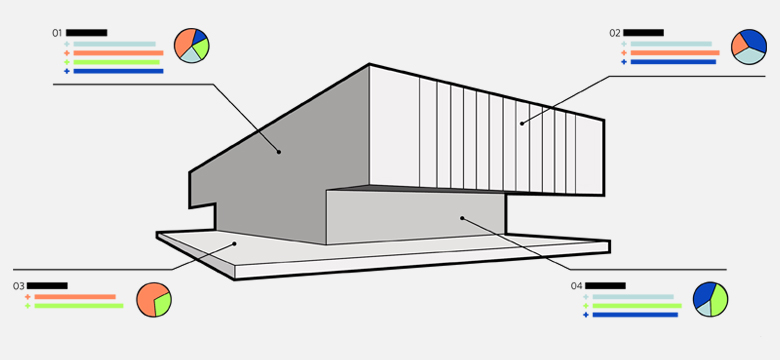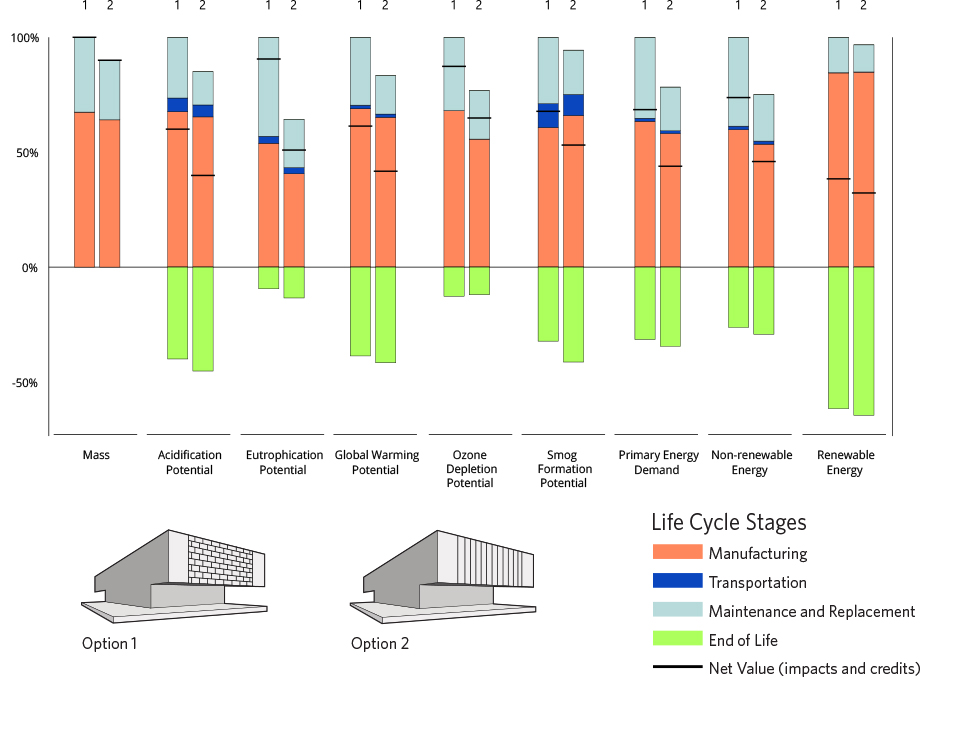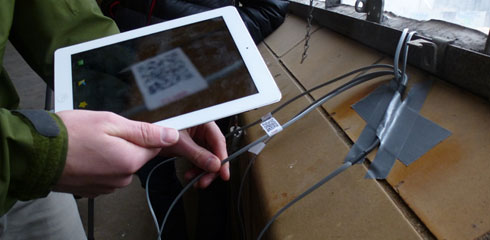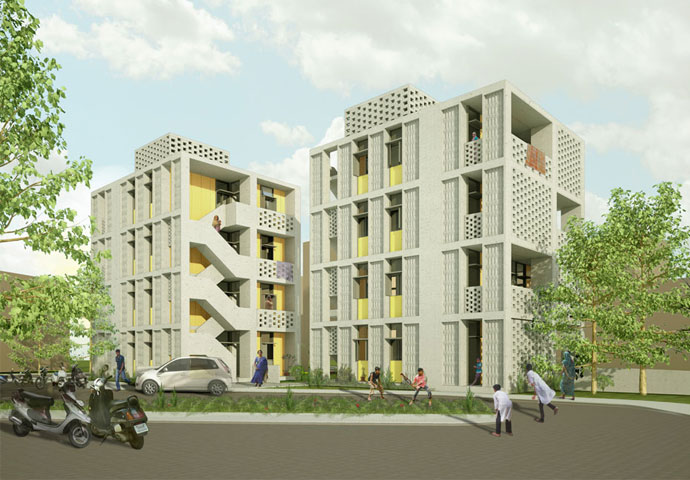How can we better understand embodied environmental impacts in order to expand the boundaries of sustainable design?
Want to try Tally? Download a trial from choosetally.com.
For years, architects, engineers, and contractors have focused their efforts on reducing the amount of energy used to operate buildings. As buildings become more energy efficient, a larger percentage of the environmental impacts generated over the lifetime of a building comes from the manufacture, transportation, construction, and demolition of building materials. While many architects and engineers are aware of these embodied environmental impacts, few have the resources and expertise to be able to examine and compare the overall sustainability of different building material options. Tally answers this need for the design and building industry. To learn more or to request a free trial, visit choosetally.com.
Understanding LCA
Understanding the impact of building materials traditionally involves Life Cycle Assessment (LCA), an in-depth form of analysis performed on whole buildings, manufactured building products and materials, and material assemblies. While LCAs provide a complete picture of the environmental impacts associated with a building, the practice of LCA is relatively new and confounding for most building professionals. Until recently, LCAs were typically conducted after construction, rather than during the design and planning process when the data could influence design decisions.
Building a Better Model
In principle, architects and other building professionals should be able to conduct LCAs using the Building Information Models (BIM) that are a part of standard architectural practice. In reality, however, building models do not contain all the ingredients that go into a building. A model might recognize a concrete assembly, for example, but it would not take into account that most concrete assemblies use a significant amount of steel reinforcement as well.
To address this challenge, KieranTimberlake's affiliate company, KT Innovations, partnered with Autodesk and Sphera to create Tally. A Revit plugin, Tally allows Revit users to imbue their BIM with the complete information about the building materials and architectural products their structures will ultimately contain. Tally quantifies a building or material's embodied environmental impacts to land, air, and water systems. Essentially, Tally adds another layer of detail to BIM by recognizing materials that are not modeled explicitly, like the steel in concrete assemblies, and by taking into account a model's diverse range of material classes. In doing so, Tally gives its users the power to conduct whole building LCAs during design and to use LCA data to run comparative analyses of various design options that show their differing environmental impacts.
Tally provides life cycle data as a building is designed, allowing designers to make meaningful decisions about material selections.
LCA at the Speed of Design
As Tally users design their buildings in Revit, they assign building materials and quantities to create a Bill of Materials for the full building or constituent parts. This Bill of Materials automatically updates as the design changes, allowing architects and engineers to see in real-time the impact their design choices have on their buildings' overall sustainability.
Consequently, Tally allows designers to move from typologies and "rule of thumb" environmental impact calculations to real-time assessments at pivotal moments. No other environmental assessment tool can achieve this kind of inventory at the same speed with the same level of accuracy.
Tally can summarize the environmental impacts of two different design options according to up to nine different categories. These results can then be broken down further by life cycle stage, Revit category, and Construction Specifications Institute (CSI) division.
Tally also facilitates communication between different groups within a project team by presenting its generated data clearly and legibly. By sorting, grouping, and displaying information simply and succinctly, Tally allows users to produce data graphics that are readily comprehensible and transparent. In this way, information that is normally abstract becomes very well defined, allowing clients, contractors, architects, and engineers alike to make accurate and nuanced decisions.
EXPANDING THE SOLUTIONS TO REDUCE CARBON
In 2021, KieranTimberlake gifted Tally to Building Transparency in order to coalesce the architecture, engineering, and construction industries' efforts to work together on radical reductions for embodied carbon in the built environment. Before the transfer, the developers of Tally and EC3 (Embodied Carbon in Construction Calculator) worked together to enable a bill of materials generated in Tally to be imported directly into EC3, where those materials are matched to manufacturer-specific products and associated embodied carbon figures based on Environmental Product Declarations (EPDs). This practice ensures that the intent of the Tally Life Cycle Analysis is carried through to the completed project, empowering choices to reduce embodied carbon and bringing carbon accountability to the building material supply chain. Bringing the two tools under the same management fosters an environment to optimize both tools' capabilities and reach in order to reduce embodied carbon emissions faster.
We are looking forward to continued collaboration with Building Transparency and the Carbon Leadership Forum as they expand Tally's capacities and audience to produce real, long-term change in the fight against climate abuse.
Additional Publications
Our Whole-Building LCA Case Study series demonstrates the power of Tally to reduce the impacts of the following projects:
This project has been shared via the following peer-reviewed publications:
- Building and Environment, "Comparative Whole Building Life Cycle Assessment of Renovation and New Construction," Hasik, Escott, Bates, Carlisle, Faircloth, and Bilec, 2019
- Embodied Energy and Design: Making Architecture Between Metrics and Narratives, “Getting Beyond Energy: Environmental Impacts, Building Materials and Climate Change,” Carlisle, 2018
- PLEA 2013 Munich: Sustainable Architecture for a Renewable Future, “Quantifying the Embodied Environmental Impact of Building Materials During Design: A Building Information Modeling Based Methodology,” Bates, Carlisle, Welch, and Faircloth, 2013
















